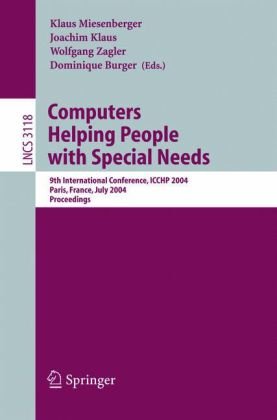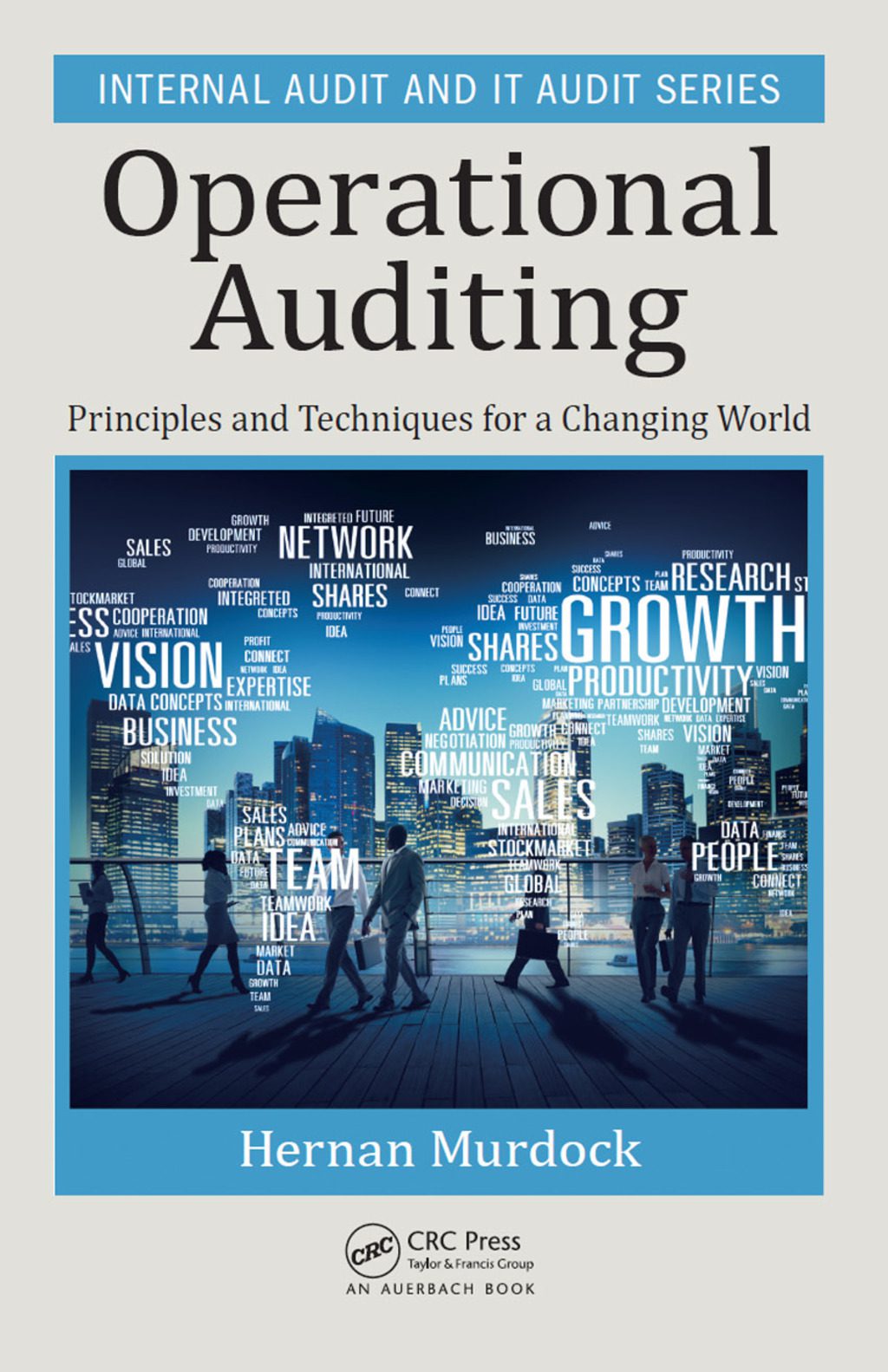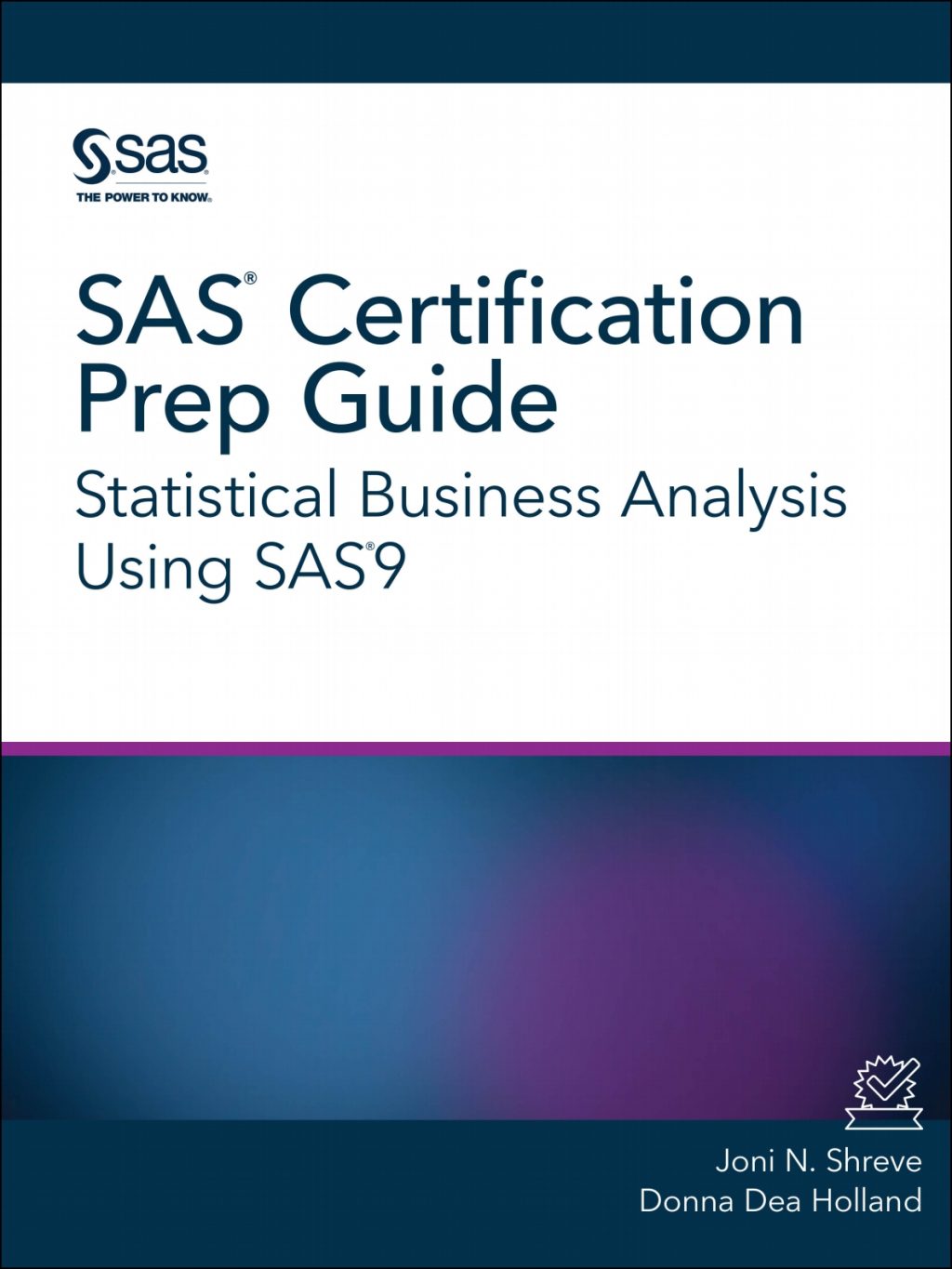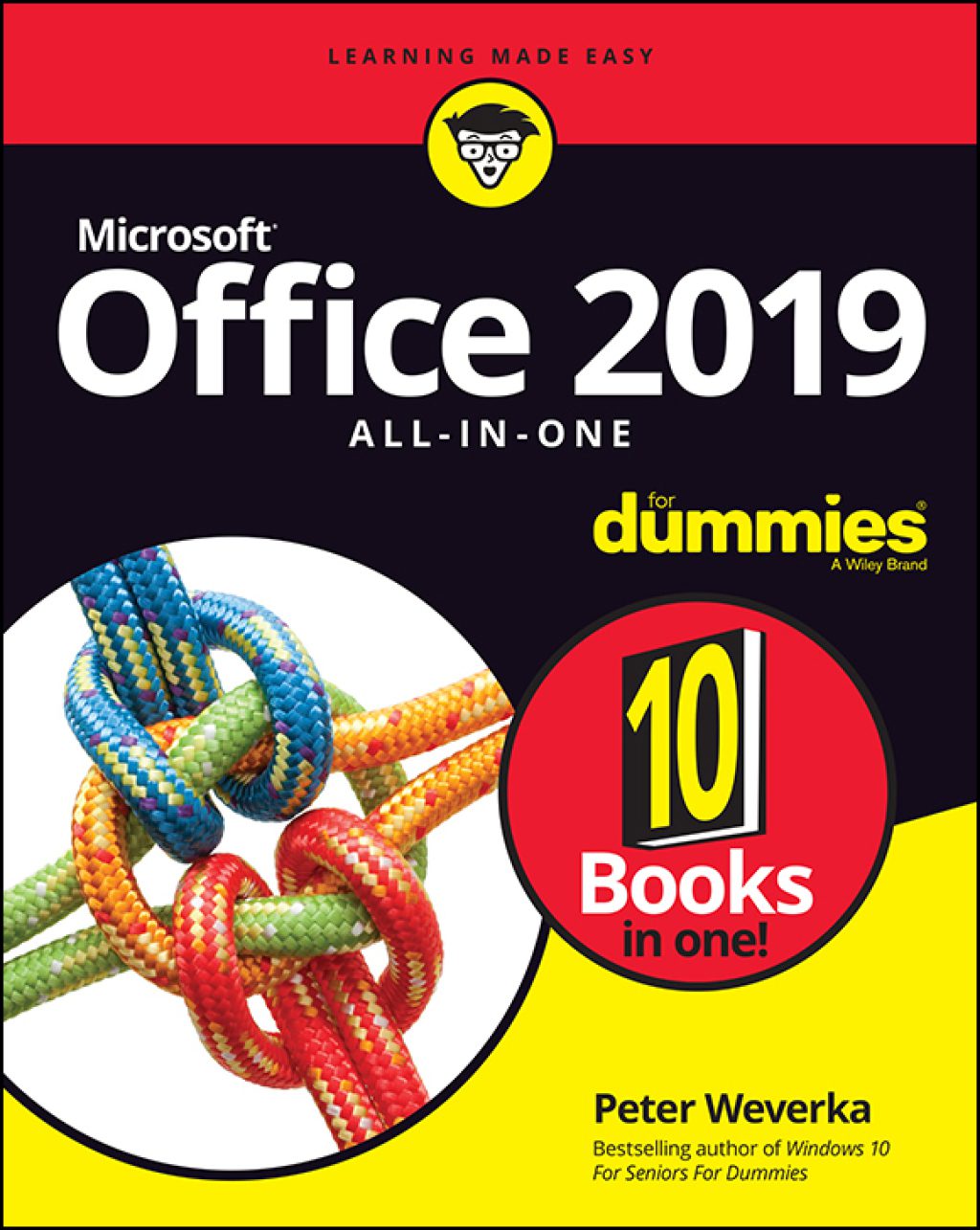Jef Raskin (auth.), Klaus Miesenberger, Joachim Klaus, Wolfgang L. Zagler, Dominique Burger (eds.)3540223347, 9783540223344, 9783540278177
Table of contents :
Front Matter….Pages –
We Are All Blind: Cognetics and the Designing of Interfaces for Accessibility….Pages 1-5
The Design Question of Development of Multimedia Educational Software for Aphasia Patients….Pages 6-13
Multimedia Programs for Children with Hearing Difficulties….Pages 14-21
Multimedia and Virtual Reality in the Rehabilitation of Autistic Children….Pages 22-28
Mobile Phone Based User Interface Concept for Health Data Acquisition at Home….Pages 29-36
Multi-parameter Data Acquisition on Interface Devices for the Development of Adaptive Input Systems….Pages 37-44
How Governments Can Use Technology to Promote Employment of People with Disabilities….Pages 45-51
Influence of Accessibility Related Activities on the Usability of Business Software….Pages 52-59
Data Entry in Application-Independent Voice Interfaces….Pages 60-68
Designing User Interfaces Tailored to the Current User’s Requirements in Real Time….Pages 69-75
Evaluating Accessibility of Public Information Kiosks….Pages 76-79
European Co-operation Activities Promoting Design for All in Information Society Technologies….Pages 80-87
A Special Design Approach for Special People….Pages 88-95
Accessibility from Scratch: How an Open Focus Contributes to Inclusive Design….Pages 96-103
Design for All: Experience-Based Strategies for User Involvement in IST Research Projects….Pages 104-109
IDCnet: Inclusive Design Curriculum Network – First Results….Pages 110-116
Personalization of Interactive Systems….Pages 117-120
Learning from Internet Requirements of People with Communication Needs….Pages 121-128
IPCA: Adaptive Interfaces Based upon Biofeedback Sensors….Pages 129-134
Adaptation of Multimedia Browsing Techniques….Pages 135-142
Adapting Presentation and Interaction with XML Documents to User Preferences….Pages 143-150
Living, Teaching and Learning at Any Time and at Any Place. e-Learning – Opportunities and Barriers for Visually Impaired Students….Pages 151-156
Accessibility for e-Learning Environments….Pages 157-163
ECDL-PD: International Co-operation to Keep the Syllabus and MQTB Open for Everybody….Pages 164-170
Essential Competencies of Special Educator in Integrating Assistive Technology into the Curriculum….Pages 171-177
Web Adaptation of Learning Objects for Special Access WALOSA….Pages 178-182
Postgraduate Course on Accessible Web Design….Pages 183-186
Cognitive Training with Animated Pedagogical Agents (TAPA) in Children with Learning Disabilities….Pages 187-193
A Concept Map_Based Adaptive Tutoring System Supporting Learning Diagnosis for Students with Learning Disability….Pages 194-201
Tutor Informatico: Increasing the Selfteaching in Down Syndrome People….Pages 202-205
The Effect of Assistive Technology on Educational Costs: Two Case Studies….Pages 206-213
Making Music Accessible….Pages 214-217
The Design of Spoken Music Web Browser for Teaching Learning-Disabled Children: A Chevé System Approach to Music Notation….Pages 218-223
DaCapo, a Project on Transforming Ink Printed to Braille Notes Semi-automatically….Pages 224-227
Using SVG and a Force Feedback Mouse to Enable Blind People to Access “Graphical” Web Based Documents….Pages 228-235
Modified Stave Notation – An Approach to Making Stave Notation More Accessible to Users Who Are Partially Sighted….Pages 236-239
Entertaining Software for Young Persons with Disabilities….Pages 240-247
The TiM Project: Overview of Results….Pages 248-256
3D Shooting Games, Multimodal Games, Sound Games and More Working Examples of the Future of Games for the Blind….Pages 257-263
Choosing Methods for Prototype Testing of Inclusive Computer Games….Pages 264-271
It’s Time to Make eTourism Accessible….Pages 272-279
Tourism Information Systems Promoting Barrier-Free Tourism for People with Disabilities….Pages 280-286
AccesSights – A Multimodal Location-Aware Mobile Tourist Information System….Pages 287-294
Accessibility and the Next Generation of Web Development Tools….Pages 295-295
Preferences of People with Disabilities to Improve Information Presentation and Information Retrieval Inside Internet Services – Results of a User Study….Pages 296-301
Web Accessibility through Adaptation….Pages 302-309
imergo: Supporting Accessibility and Web Standards to Meet the Needs of the Industry via Process-Oriented Software Tools….Pages 310-316
Evaluation Methodology and Quality Mark for Web Accessibility….Pages 317-322
A Cost-Benefit Approach for Accessible Web Presence….Pages 323-330
The Use of Current Content Management Systems for Accessibility….Pages 331-338
Accessing Documents via Audio: An Extensible Transcoder for HTML to VoiceXML Conversion….Pages 339-346
Listener-Controlled Dynamic Navigation of VoiceXML Documents….Pages 347-354
Toward User-Centered, Scenario-Based Planning and Evaluation Tools….Pages 355-360
Discovering Structure of Web Pages for Non-visual Navigation: Binding Text to Forms….Pages 361-368
Virtual Reality Based Therapy Application for Developmental Disordered Children….Pages 369-376
Real-Time Health-Monitoring Network for Disabled and Elderly People….Pages 377-384
A Computer-Based Self-health Monitoring System for the Elderly Living in a Low Income Housing Environment….Pages 385-391
Investigations to Develop a Fully Adjustable Intelligent Toilet for Supporting Old People and Persons with Disabilities – The Friendly Rest Room (FRR) Project….Pages 392-399
Tele-surveillance System for Patient at Home: The MEDIVILLE System….Pages 400-407
Classification of Infant Crying to Identify Pathologies in Recently Born Babies with ANFIS….Pages 408-415
Improving Quality of Life and Well-Being for Children and the Elderly through Vibroacoustic Sound Therapy….Pages 416-422
Multimodal Control Centre for Handicapped People….Pages 423-429
proXimity: Ad-Hoc Networks for Enhanced Mobility….Pages 430-437
A Context-Aware Locomotion Assistance Device for the Blind….Pages 438-445
Navigator – A Talking GPS Receiver for the Blind….Pages 446-449
Dynamic Lighting Sign System for Way-Finding by People with Low Vision….Pages 450-453
Visual System to Help Blind People to Cross the Street….Pages 454-461
CyARM – Interactive Device for Environment Recognition Using a Non-visual Modality….Pages 462-467
Walking Support Using Compact Terminals with Infrared Audio Communication….Pages 468-475
The Development of Virtual 3D Acoustic Environment for Training ‘Perception of Crossability’….Pages 476-483
Six-In – Braille Input from a QWERTY Keyboard….Pages 484-489
A Pair of Wireless Braille-Based Chording Gloves….Pages 490-497
OBOE: Oboe-Like Braille Interface for Outdoor Environment….Pages 498-505
Java-Powered Braille Slate Talker….Pages 506-513
Towards an Integrated Publishing Chain for Accessible Multimodal Documents….Pages 514-521
Presenting UML Software Engineering Diagrams to Blind People….Pages 522-529
Linear Searching in a Non-linear Environment: The Information Seeking Behaviour of Visually Impaired People on the World Wide Web….Pages 530-537
Text Comprehension by Blind People Using Speech Synthesis Systems….Pages 538-544
Access to Information at Your Own Choice by the Aid of Digital Talking Books….Pages 545-551
Talking Linux for the Blind – A CD Distribution with Speech….Pages 552-559
Accessing Web Based Documents through a Tree Structural Interface….Pages 560-563
Multimedia Medicine Consultant for Visually Impaired People….Pages 564-570
Computer for Persons with Visually Impairment: A Door to Education, Information and Employment….Pages 571-574
Usability of Educational Software for Visual Impairment: A Question of Viewpoint….Pages 575-582
Use of Bar Code and RFID for the Visually Impaired in Educational Environment….Pages 583-588
Virtual Disability: Simulations as an Aid to Lecturers’ Understanding of Disability….Pages 589-596
Multimedia Software Training Tool (MSTT) for Persons with Visual and Mobile Impairments in Four Languages….Pages 597-600
Designing New Technology Based Services to Support Visually Impaired Computer Workers (VICWs)….Pages 601-608
Design and Use of Pseudo-electronic Whiteboard for Low-Vision Education….Pages 609-612
Mathematics for Blind People….Pages 613-613
The Architecture of a Comprehensive Equation Browser for the Print Impaired….Pages 614-619
Translating between Formats for Mathematics: Current Approach and an Agenda for Future Developments….Pages 620-625
Utilizing Scalable Vector Graphics in the Instruction of Mathematics to the Print Impaired Student….Pages 626-629
Cognitive Analysis of Equation Reading: Application to the Development of the Math Genie….Pages 630-637
Automatic Conversions of Mathematical Braille: A Survey of Main Difficulties in Different Languages….Pages 638-643
Multi-modal Mathematics: Conveying Math Using Synthetic Speech and Speech Recognition….Pages 644-647
An Integrated OCR Software for Mathematical Documents and Its Output with Accessibility….Pages 648-655
Mathematical Working Environment for the Blind Motivation and Basic Ideas….Pages 656-663
Towards a Universal Maths Conversion Library….Pages 664-669
math2braille: Opening Access to Mathematics….Pages 670-677
Enhancing the Accessibility of Mathematics for Blind People: The AudioMath Project….Pages 678-685
Handwriting Input System of Graphs for Barrier-Free Mathematical Communications….Pages 686-689
Three Dimensionally Perceived Planar Tactile Illusion Device and Method….Pages 690-696
Touching Geometry for Blind Pupils….Pages 697-704
An Indicating, Leading Manipulator as a Good Hand at Teaching Strokes: A Mental-Image-Creation Support System….Pages 705-712
The Bigger Picture: Automated Production Tools for Tactile Graphics….Pages 713-720
Two Dimension Interactive Voice Browser for the Visually Impaired….Pages 721-724
Exploring Scalable Vector Graphics for Visually Impaired Users….Pages 725-730
Communication System for the Blind Using Tactile Displays and Ultrasonic Pens – MIMIZU….Pages 731-738
Directly Accessible Mainstream Graphical Information….Pages 739-744
Simple Pattern Creation Using a Pen Input Guide and Sound Localization for the Visually Impaired….Pages 745-752
An Approach for Direct Manipulation by Tactile Modality for Blind Computer Users: Principle and Practice of Detecting Information Generated by Touch Action….Pages 753-760
Remote Eye Gaze Tracking System as a Computer Interface for Persons with Severe Motor Disability….Pages 761-769
Controlling a PC by Eye Movements: The MEMREC Project….Pages 770-773
HeadControl+: A Multi-modal Input Device….Pages 774-781
Accessibility through Standard Low Cost Pointing Devices….Pages 782-787
Optimisation of the Selection Set Features for Scanning Text Input….Pages 788-795
FastScanner: An Accessibility Tool for Motor Impaired Users….Pages 796-803
A Real-Time Voice Controlled Human Computer Interface to Help Persons with Motor Disability….Pages 804-812
First User Test Results with the Predictive Typing System FASTY….Pages 813-819
Movement Variability and Speed of Performance Using a Head-Operated Device and Expanded Membrane Cursor Keys….Pages 820-826
An Examination about Walking Posture on Gait Training System for Computer-Aided Rehabilitation….Pages 827-835
Optimizing Menu Selection Process for Single-Switch Manipulation….Pages 836-844
Designing an Evaluation Method for Computer Accessibility for People with Severe Disabilities….Pages 845-848
Computerized Assessment Tool for Mouse Operating Proficiency….Pages 849-856
Applications of Computer Access Approach to Persons with Quadriplegics….Pages 857-864
Computer Access for Persons with Spinal Cord Injury….Pages 865-872
An Assessment into Touch Screen Input Devices for Cervical Spinal Injured Computer Users….Pages 873-879
Home-Use Upper Limb Rehabilitation Device for Cervical Spinal Cord Injured Patients….Pages 880-888
Smart Environments for All….Pages 889-890
The Assistive Home – More than Just Another Approach to Independent Living?….Pages 891-897
Technology Usage for Dependant People: Towards the Right Balance between User Needs and Technology….Pages 898-905
Coupling Context Awareness and Multimodality in Smart Homes Concept….Pages 906-913
On the Design of Ambient Intelligent Systems in the Context of Assistive Technologies….Pages 914-921
PACS: Communication and Environment Control System for Disabled….Pages 922-925
Performance Analysis of User Interface for the Disabled in Real-Time Ubiquitous Information Network….Pages 926-929
The HM2PH Project: A Database to Help Prescription of Assistive Technologies….Pages 930-936
Networking and Communication in Smart Home for People with Disabilities….Pages 937-944
SmartX – Enabling Traditional Environmental Control to Use Standard HCI….Pages 945-952
Indoors Pervasive Computing and Outdoors Mobile Computing for Cognitive Assistance and Telemonitoring….Pages 953-960
Computer Use for People with Learning Difficulties: Basic Needs….Pages 961-968
Using ‘Ambient Intelligence’ for Compensating Intellectual Difficulties of People with Severe Learning Difficulties and/or Autistic Spectrum Disorders….Pages 969-975
Assessing B.A.Bar Device as a Tool for Supporting Labour Integration of a Severely Affected Person with Autism Who Carries Out Classifying Tasks….Pages 976-982
An Adaptive and Predictive Environment to Support Augmentative and Alternative Communication….Pages 983-990
Intelligent Model for Rating Cognitive Capability for Computer Access of People with Disabilities….Pages 991-994
Automatic Modification of Text for People with Learning Disabilities Using Internet Services….Pages 995-998
Soft Keyboard for the Disabled….Pages 999-1002
A Talking Word Processor and Web Browser….Pages 1003-1008
Sibyl: AAC System Using NLP Techniques….Pages 1009-1015
Mobile Devices Converted into a Speaking Communication Aid….Pages 1016-1023
SOCRATES: Barrier Free Communities of Aphasics on the Internet….Pages 1024-1031
Evaluations of an Information and Communication Technology (ICT) Training Programme for Persons with Intellectual Disabilities….Pages 1032-1038
Effect of Dynamic Features on Diagnostic Testing for Dyspraxia….Pages 1039-1046
Feature Selection Optimisation in an Automated Diagnostic Cancellation Task….Pages 1047-1053
Minus-Two: Multimedia, Sound Spatialization and 3D Representation for Cognitively Impaired Children….Pages 1054-1061
Neuropsychological Function for Accessibility of Computer Program for People with Mental Retardation….Pages 1062-1068
Accessible Digital Media and Sign Language….Pages 1069-1070
Integration of Signage Information into the Web Environment….Pages 1071-1078
Progress in Automated Computer Recognition of Sign Language….Pages 1079-1087
Creating Sign Language Web Pages….Pages 1088-1095
Sign Language Communication Support at the Class for Hearing Impaired Using a Control Camera….Pages 1096-1098
CD-ROM on Austrian Sign Language: Course OEGS 1, Lesson 1–6….Pages 1099-1106
Developing an e-Learning Platform for the Greek Sign Language….Pages 1107-1113
Design of Computer Animation of Japanese Sign Language for Hearing-Impaired People in Stomach X-Ray Inspection….Pages 1114-1120
Basic Study of a Communication Device for the Deaf-Blind Using a Finger and a Palm – Measurement of Finger Speed and Pressure….Pages 1121-1128
A Tactile Display System in the Use of a PC for Individuals Who Are Deaf-Blind….Pages 1129-1136
Approaches to Using a Wireless Mobile Terminal to Help Severely Hearing Impaired People….Pages 1137-1143
A Preparatory Study for Designing Web-Based Educational Materials for the Hearing-Impaired….Pages 1144-1151
FLIPPS: Fingertip Stimulation for Improved Speechreading….Pages 1152-1159
A New Mobile Text Telephony System Based on GPRS Communications….Pages 1160-1166
Head Mounted Display as a Information Guarantee Device for Hearing Impaired Students….Pages 1167-1171
Facial and Head Movements of a Sign Interpreter and Their Application to Japanese Sign Animation….Pages 1172-1177
SYNFACE – A Talking Head Telephone for the Hearing-Impaired….Pages 1178-1185
Back Matter….Pages –







Reviews
There are no reviews yet.